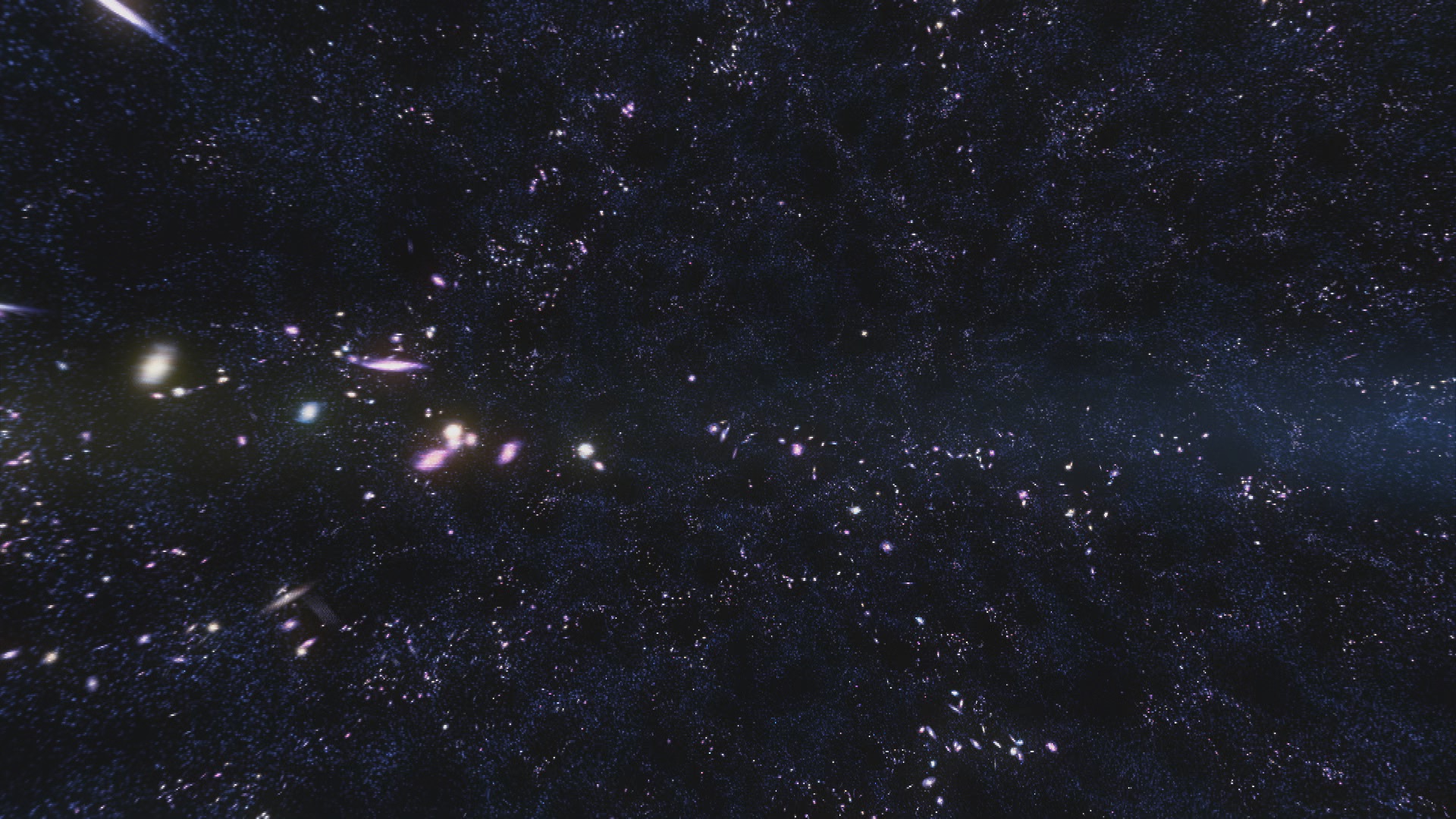Dark Matter Particles Must Be Smaller Than We Thought

In the quest to understand dark matter, scientists have now determined that the effective size of dark matter particles — how strong their interactions with regular matter are — must be smaller than we thought.
Using the XENON1T dark matter detector, researchers have produced experimental results that establish the most stringent limit to date for the effective size of dark matter particles. This detector, the most sensitive instrument of its kind, was able to limit this size parameter to 4.1X10-47 square centimeters, which is 1-trillionth of 1-trillionth of a centimeter squared. Additionally, because two background events — like radon contamination, neutrons being produced in the detector environment, or gamma rays contamination — were predicted to occur in the detector but none did, it suggests that dark matter particles are smaller than had been expected, Ethan Brown, a member of the XENON Collaboration and physicist at Rensselaer Polytechnic Institute in New York, said to Space.com.
This is because, he explained, since they cannot differentiate between dark matter signals and background signals, "if we had seen a dark matter signal we could have measured its size, but because we couldn't see it, we can only say it has to be smaller than "this amount," Brown said. He gave the example that, if there were two signals detected, they would be attributed to the two background events predicted. But because there were no events detected, background or dark matter, the dark matter "particles" must be smaller than they'd anticipated. [The Search for Dark Matter in Pictures]
These experimental results were presented Monday (May 28) at a seminar at the Gran Sasso Underground Laboratory (LNGS) in Italy. The detector uses liquid xenon and, whenever a dark matter particle collides with a xenon nucleus, if scientists' models are correct, the collision should produce a small light flash — a rare opportunity to "observe" dark matter.
Researchers theorize that dark matter is five times as abundant as regular matter, but we still understand very little about the secretive substance. However, many scientists suspect dark matter is made of bodies called "weakly interacting massive particles" or "WIMPs" — particles that have a minimal reaction when encountering ordinary matter (like the faint light that flashes when WIMPs pass through a dense collection of xenon). While the existence of WIMPs is not yet confirmed, it is a leading description of the elusive, invisible material.

"We now have the tightest limit for what is known as 'the WIMP-nucleon cross section,' which is a measure of the effective size of dark matter, or how strongly it interacts with normal matter," Brown said in the a statement. "With these results, we have now tested many new theoretical models of dark matter and placed the strongest constraints on these models to date." [Dark Matter and Dark Energy Explained (Infographic)]
These experimental results are the culmination of 279 days of data, Elena Aprile, a project leader from Columbia University, added in the statement. Following this experiment, researchers will aim to reduce background events like radon contamination in the system, according to the statement. This way, the system will be able to detect even smaller, rarer interactions from these mysterious "particles."
Breaking space news, the latest updates on rocket launches, skywatching events and more!
Email Chelsea Gohd at cgohd@space.com or follow her @chelsea_gohd. Follow us @Spacedotcom, Facebook and Google+. Original article on Space.com.
Join our Space Forums to keep talking space on the latest missions, night sky and more! And if you have a news tip, correction or comment, let us know at: community@space.com.

Chelsea “Foxanne” Gohd joined Space.com in 2018 and is now a Senior Writer, writing about everything from climate change to planetary science and human spaceflight in both articles and on-camera in videos. With a degree in Public Health and biological sciences, Chelsea has written and worked for institutions including the American Museum of Natural History, Scientific American, Discover Magazine Blog, Astronomy Magazine and Live Science. When not writing, editing or filming something space-y, Chelsea "Foxanne" Gohd is writing music and performing as Foxanne, even launching a song to space in 2021 with Inspiration4. You can follow her on Twitter @chelsea_gohd and @foxannemusic.
